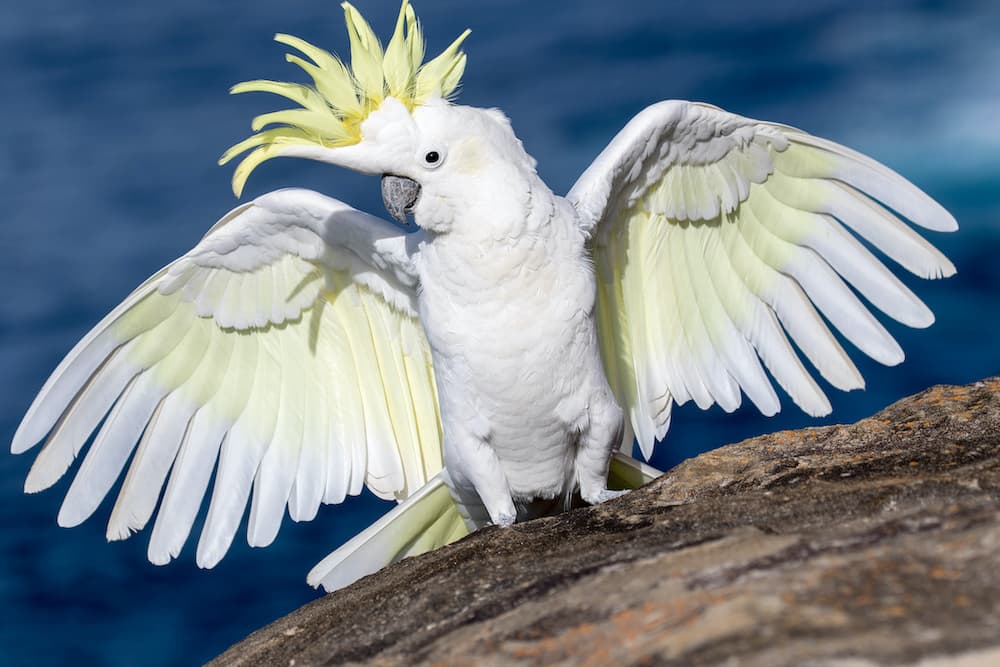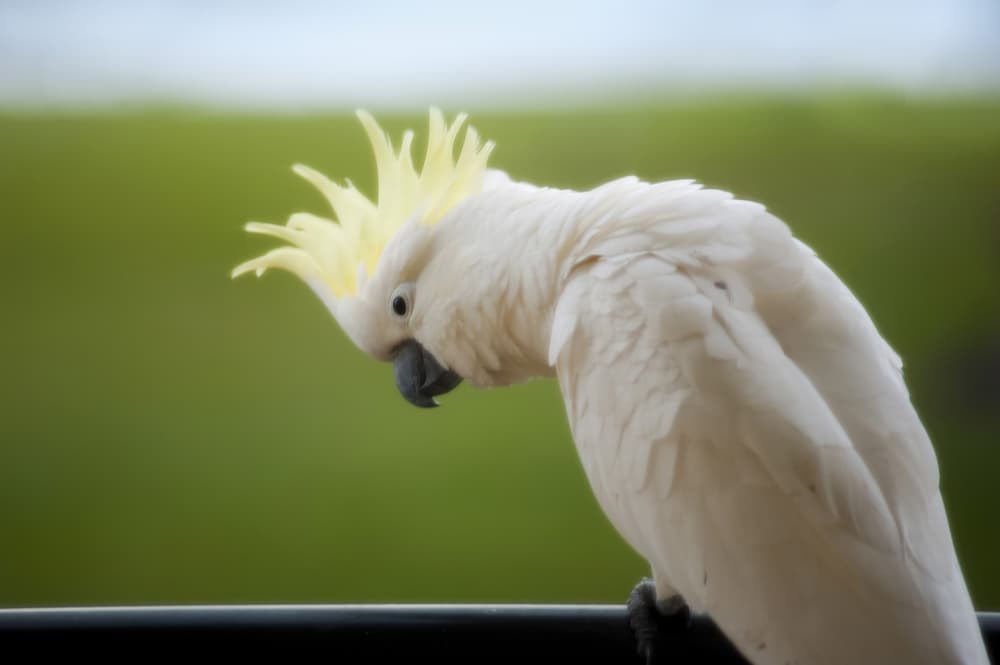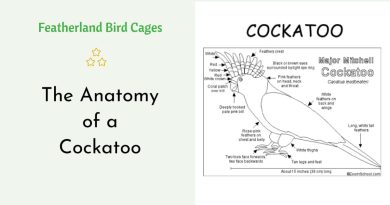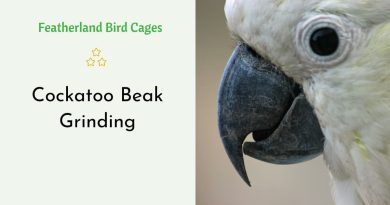Understanding Cockatoo Body Language
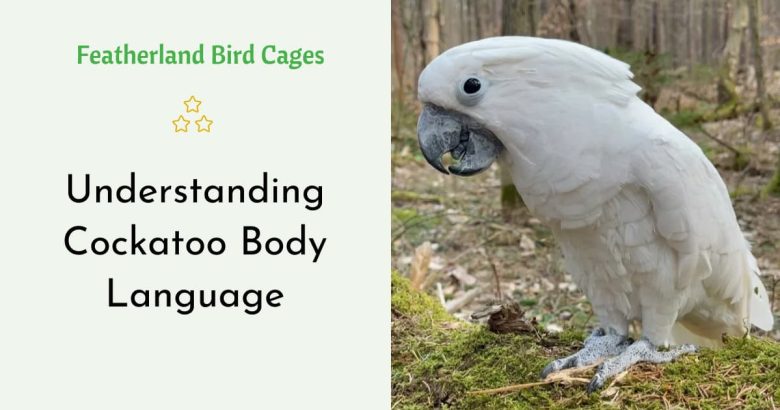
Understanding cockatoo body language is important to the health of your bird. The way your cockatoo moves could indicate all kinds of emotions.
A cockatoo that raises its crest feathers and bows to you may be asking to be scratched. This is a positive behavior. However, if your cockatoo does this while crouching and hissing, it may mean that the bird is aggressive.
Wing Flapping
If your cockatoo flaps its wings while on a perch or when interacting with you it is a sign of excitement. However, if your bird flaps its wings while sitting down or is unsteady it may be a sign of balance issues and you should take it to the vet immediately.
When your cockatoo raises its crest feathers it indicates aggression or great excitement. They also often do this when they are courting.
A quivering body usually means that your cockatoo is scared or uncertain about something. This is a sign that you should talk to him softly and reassure him of your love and safety. This will help him to relax. However, if the quivering continues for hours or your bird is constantly crouching and hissing it could be an indication of illness.
Tail Wagging
The cockatoo’s tail feathers, also called the crest, will rise if it is happy and excited. This will usually occur when it is being petted or scratched by its owner. They will also raise the crest feathers when they are in an aggressive stance. This is to make themselves appear larger and more threatening to potential predators.
Cockatoos will also raise their crest feathers when they are feeling nervous or scared. If you notice your cockatoo doing this, it is important to take care of it as they may bite.
Black palm cockatoos will tap their foot more frequently than other breeds of parrots. This is similar to how they drum wood for food in the wild. This could mean they are hungry and want to be fed.
Tail Bobbing
Often when cockatoos are bobbing their tail they will be taking a break from exercise or a meal. They may also do this before they defecate.
A cockatoo that is bobbing its tail but doesn’t seem to be resting or eating is in danger. This could be a sign of respiratory illness and it is important to get them to the vet as soon as possible.
When cockatoos growl they are showing aggression, they need to be kept away from people and they may bite if they feel threatened. It takes a very strong person to handle and care for these high-maintenance birds, which is why they are among the most relinquished parrots to rescues and sanctuaries throughout the world. They can be a rewarding companion but only for those who are ready to accept their unique behaviors and quirks.
Shivering or Trembling
When cockatoos shiver or tremble, they are usually frightened or excited. They may also display this behavior during breeding season as they try to attract a mate.
If a cockatoo is shivering constantly and has dilated pupils, it is a sign that it needs to go to the vet immediately. This could indicate that the bird is sick or even dying.
Another body language that cockatoos exhibit is chattering. This may be soft or very loud and can mean many things. Soft chattering usually means that they are happy, while loud chattering indicates that they are aggressive. It is a good idea to monitor these behaviors and learn what each one means in order to understand your cockatoo better. You will be able to know when they are happy, angry, excited, or sick.
Partially Closed Eyes
A cockatoo’s eyes can reveal a lot about how they feel. If their eyes are open and alert, it usually indicates happiness and excitement. However, if their eyes are partially closed or hooded, it means that they are feeling tired or sleepy.
Cockatoos also produce a sharp, consistent click sound that they use to communicate with their flockmates. They will usually make this noise when they are displaying aggressive behavior, defending an object or territory, or trying to get your attention.
If your cockatoo starts marching towards you, flares its tail feathers, dilates its pupils, and ruffles its body feathers, it is a sign that the bird is very angry and is threatening to bite. Do not touch the bird as this will only lead to a bite.

